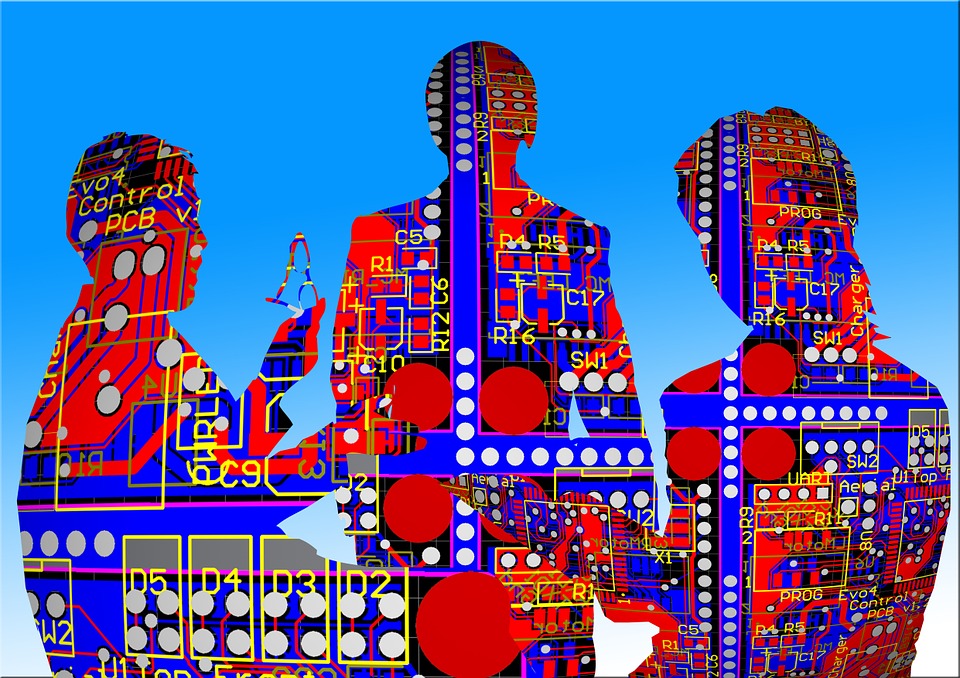Is ‘Smart Compose’ Taking the Words Right out of Your Mouth? How AI is Changing the Way We Communicate
Ever known somebody so well that you find yourselves finishing each other’s sentences? Google’s AI-powered Smart Reply and Smart Compose features are attempting to get to know Gmail’s 1.4 billion users just that well.
Smart Reply has been around for a while. It takes the form of three suggestions that appear at the bottom of your screen whenever you reply to an email. This feature not only offers you canned responses to choose from; it tries to guess the appropriate tone by analyzing your previous correspondence with the sender, the content of the message you’re replying to and numerous other factors.
For example, a recent email from a friend suggesting a music album I might enjoy served up the options: “Thanks, I’ll check it out!”; “Cool, thanks for the heads up!”; and, “Very cool!”
The replies suggested for a business-related email of mine were slightly more staid: “Thanks for the update!”; and “Sounds good, thanks!”
So, what does that tell you, other than that the overuse of exclamation points has perhaps reached epidemic proportions? Also: Google’s AI is capable of producing acceptable (if impersonal) replies to both business and personal emails.
Automating any part of the email process may have profound effects on productivity. According to an article in Inc., the average worker spends 30 hours per week checking email. Another study from Mckinsey found that “interaction workers” — basically anyone who has to converse with coworkers or customers — spend 28 percent of their workweek managing email. If the canned responses of Smart Reply work for you — even if they require some modification — that may save you hours of time far better spent.
AI and email: Smart Compose
From a technology perspective, and a productivity one, Smart Compose is the more ambitious of the two features. Whether you’re responding to an email or writing a new one, as you type, the specter of what Google thinks you’re going to say appears in gray to the right. Since the feature rolled out earlier this year, I’ve been amazed (and somewhat disconcerted) by how accurate the predictions are, even for long, relatively complex sentences.
According to converage in the New York Times Google had some help in “teaching” Smart Compose the 20,000 plus phrases it has in its vocabulary. That help included publicly available email correspondence, including more than 500,000 emails from the Enron scandal, combined with its own vast troves of user data, all in concert with machine learning technology.
As more users make use of Smart Compose, this technology will continue to add to its library of idioms as well as becoming better at predicting what you’re trying to say. Phrases that are frequently unused or deleted will be weeded out.
AI and logos
For many entrepreneurs, long before they have a viable product, they want a logo. Creating a strong brand identity is a time-honored method of communicating value to customers. Plus, it looks great on your landing page or business card.
Logo design has long been the province of graphic designers, but now they face competition from a different source: AI. Some new sites are utilizing machine learning by asking the logo-seeking entrepreneur a series of high-level questions about the business involved, like the brand name, industry and whether the owner wants a typeface-based design or a graphic icon.
One of these AI-logo sites then walks the customer through a “this or that” process, where the AI creates two logos or font choices to choose from, or allows the customer to disregard both and see fresh options. The algorithm narrows the customer’s options down by a process of elimination.
This process can then be repeated as many times as desired until the customer obtains a logo he or she is happy with. Once complete, the logo can be refined further, with adjustable parameters such as color, font, layout and icon.
Essentially, this AI technology is seeking to replicate the back-and-forth process typical with a human graphic designer, but at a vastly increased speed and lower price. Anyone who has worked on a design with multiple iterations knows how time-consuming this process can be using traditional methods. Are the results as good with AI as with a top-flight graphic designer? Perhaps not, but it’s worth a try.
AI and chatbots
Perhaps the most well-known tool to emerge from the AI surge, chatbots, is primarily a way of reducing the burden on a company’s customer support department. However,bots are also a great tool for marketers. You can now visit sites which greet you and try to turn you into a qualified lead before handing your details over to a sales or marketing department.
Chatbots have received Plenty of bad , but when used intelligently, they can be a powerful weapon in any modern marketer’s arsenal.
Final thoughts
The current goal of most AI applications is to augment human communication, not eliminate it.


